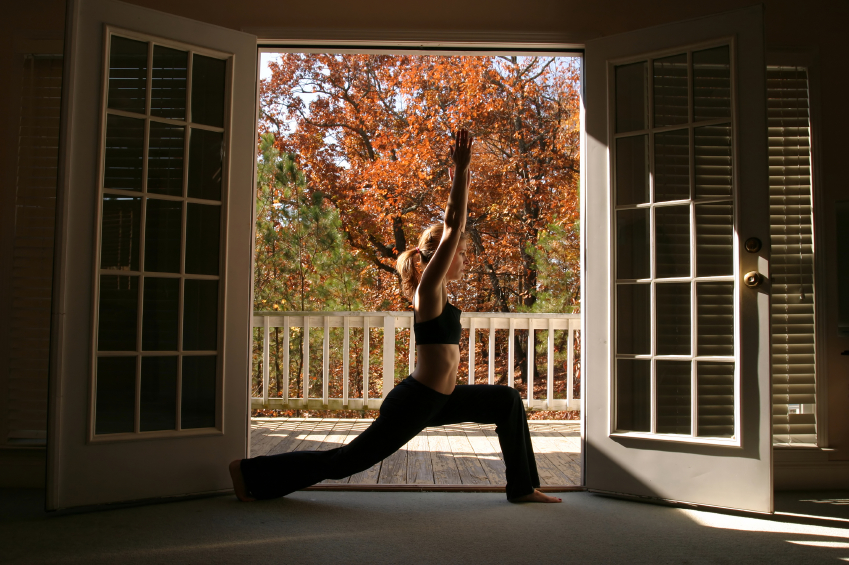
Inside Yoga 126 (12/1/15)
New research has found that yoga could be as effective as cycling or brisk walking in reducing the risk of heart attack and stroke. This is not a surprise to yoga practitioners like myself who have discovered yoga’s benefits, but it is good to read that scientists have found the proof they need.
The report’s experts say that yoga is potentially effective therapy for making it less likely that people will develop cardiovascular disease (CVD) and should be promoted for that purpose.
Last month the Guardian newspaper reported that the research, published in the European Journal of Preventive Cardiology, found that the ease and low cost of doing yoga means it could become a useful tool in reducing heart-related illness, which kills 160,000 people a year in the UK – about one in four of all deaths.
The study is a meta-analysis of 37 previous randomised control trials, involving 2,768 people, into whether yoga can be beneficial for heart health. All but two of those studies found that those practising yoga benefited measurably compared with those who did not exercise.
“This review helps strengthen the evidence base for yoga as a potentially effective therapy for cardiovascular and metabolic health,” said the report’s authors, who are from the Netherlands and the US.
The research states: “Yoga may provide the same benefits in risk-factor reduction as traditional physical activity such as cycling or brisk walking.”
The researchers, who were led by Prof Myriam Hunink of Erasmus University Medical Centre in Rotterdam and Harvard School of Public Health in Boston, added: “This finding is significant as individuals who cannot or prefer not to perform traditional aerobic exercise might still achieve similar benefits in CVD risk reduction.”
This good news for people who don’t want to cycle or run – yoga is a valid alternative.
The research found that when those who did yoga were compared to those who took no exercise, the former were found to enjoy significant improvement in their body mass index, systolic blood pressure and levels of LDL (“bad” cholesterol), as well as higher levels of HDL (“good” cholesterol).
Having practised for 20 years I have seen how yoga can help so many people, so it is always good news to read the following judgement made by scientists, the report said: “We believe these findings have important implications for the acceptance of yoga as an effective therapeutic intervention. This review demonstrates the potential of yoga to have an impact on concrete, physiological outcomes that represent some of the greatest health burdens today.”
The report says that it unclear how much yoga has to be done, but I think I can answer that: yoga is a practice that teaches us a lot about ourselves and this includes learning how and what we need to do with our body, breath and mind to bring it to a place of balanced well-being. Yoga does not work along the lines of so many pieces of health advice that recommends one-size, one-dose, one-routine for everyone.
We learn as we practice what works for us and how much. A regular (daily if possible) but short (less than half hour) is a good basis for practice and sometimes this can be increased to one hour or more – we decide based on what we know to be safe and beneficial. Yoga helps improve our self-awareness, and this includes learning what our capacity for exercise actually is and not doing what we feel we should or peers say we must.
There is a great comment from Hunink, one of the report’s scientists: there is as yet no physiological explanation of why it (yoga) appears to confer such benefits.
That is the wonder and mystery of yoga.
Guardian report can be found at http://www.theguardian.com/lifeandstyle/2014/dec/16/yoga-may-provide-similar-health-benefits-to-cycling-or-brisk-walking
